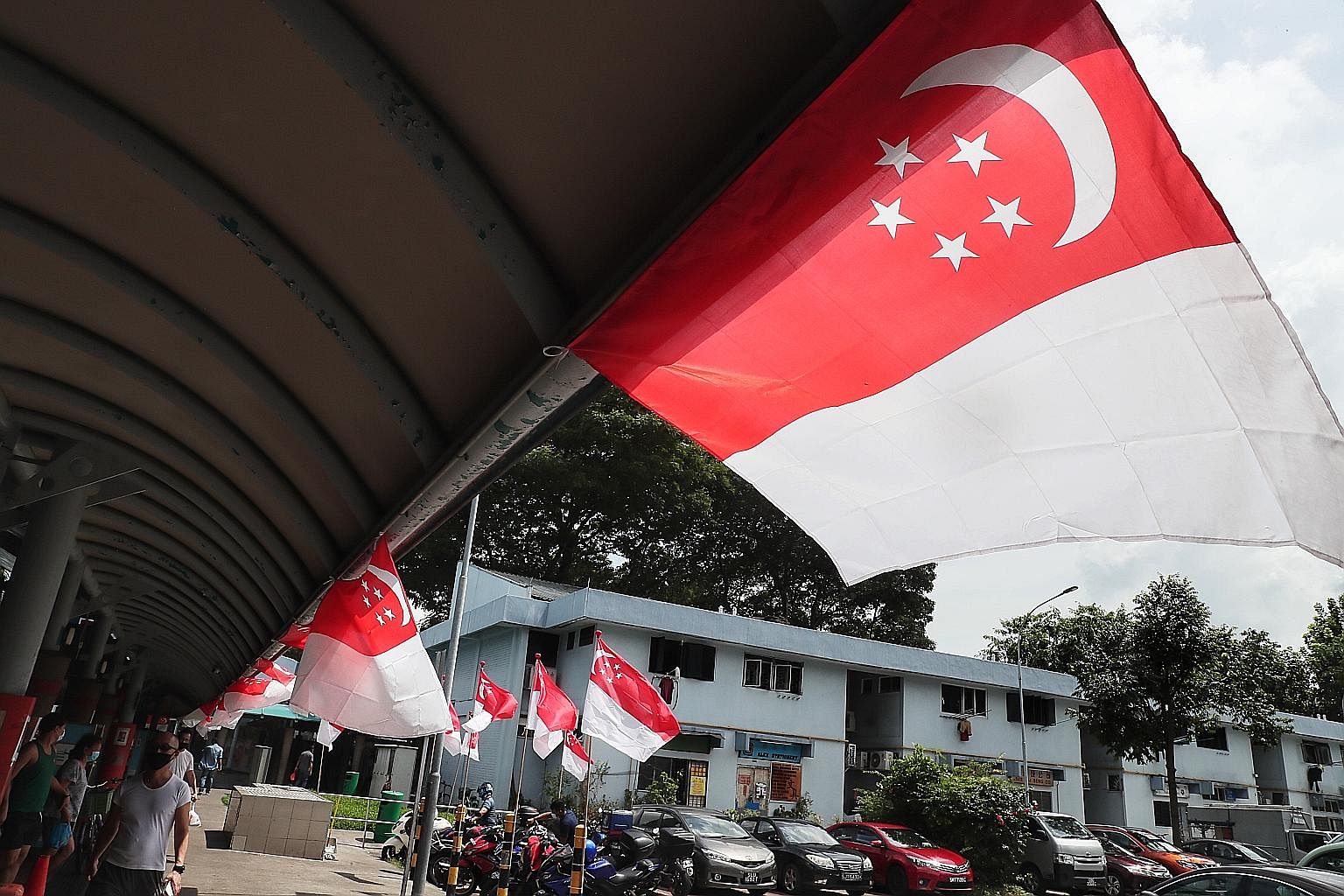Last month, I tagged along with some friends who took part in one of the many George Floyd protests in the capital of the United States, hoping for a front-row seat to history.
The crowd marched - masked and peacefully - in the sweltering summer heat to the White House, distilling their anger against police brutality and anti-Black racism into protest slogans. The mass protests were sparked by the death of African American George Floyd, who had been restrained by a white police officer.
"No justice," someone would shout. "No peace!" the people around would yell back.
I had watched these call-and-response chants before in videos of protests across America, but there was one in particular that gave me goosebumps to hear live.
"Show me what democracy looks like," someone called out.
The crowd replied: "This is what democracy looks like!"
The chant wasn't new - it dates back to at least the 1999 protests in Seattle against the World Trade Organisation and is frequently heard at marches in America today, particularly those with an anti-Trump bent.
But it was stirring. It was passionately patriotic. And it made me think of the upcoming general election in Singapore and what I want my own country's democracy to look like.
Of course, no two democracies are the same. Every country develops its own political system, born out of its own history, racial make-up, power struggles and compromises, and adjusted for each societal consensus of what is permissible and what is not.
But that desire for a better system and what that system looks like is something I feel myself and guides my voting choice.
I've been mulling over the question since the last general election in 2015 which I covered up close.
Being in Washington since October 2018 and reporting on the Trump administration and the politicking between Democrats and Republicans have given me added perspective.
In DC, I stopped going out for non-essential reasons a month before Singapore's circuit breaker started.
A month after the end of Singapore's circuit breaker, I am still holed up at home in DC because the coronavirus crisis is not yet under control here.


Case counts are spiking again in states in America's South and West, unarrested by politicians who pander too much to a vocal minority against wearing masks, and do not listen enough to public health experts.
In contrast, the Singapore Government has done well managing the pandemic.
It took the plunge of shutting down businesses and getting people to stay home when it had to, and quickly rolled out targeted stimulus packages with wage subsidies, rental waivers and cash payouts to help those who were hurting.
The Government's openness to talk frankly about the risks and necessity of taking a painful measure like the circuit breaker, and the vision seen in its road map to restart the economy, is admirable.
But it also stumbled on other fronts: the virus' rapid spread in foreign worker dormitories was a blind spot.
WHAT MATTERS TO VOTERS
In elections, it is not only a candidate's policies and promises that count, but also his or her conduct.
In the US, the mudslinging and name-calling that come from the White House have turned off some moderate voters and contributed to President Donald Trump's slide in popularity, particularly among suburban women.
Unwarranted attacks on the character of a political opponent in Singapore are far fewer and less intense.
But when they do happen, they do not sit well with my peers, who have a sense of fair play and want to judge candidates and parties based on policies.
I don't have a right to vote in America, rightfully so. But not every American with that right exercises it, or believes it makes a difference.
The percentage of eligible Americans who turn out to vote trails far behind that of most other developed countries, with 60 per cent showing up to vote in the 2016 presidential election.
But that includes disenchanted voters who vote to show their displeasure at the establishment, Republican or Democratic, without any hope that their lives will improve as a result of it.
Singapore, where voting is compulsory, had a voter turnout of 94 per cent in 2015. It does not have that level of apathy and hopelessness in its democracy, and I hope it never does.
Voting is just one aspect of a democratic political system.
But it comes once every five or so years in Singapore, and I am glad for the chance to choose what I want my country's democracy to look like.
• Charissa Yong is ST's US correspondent. She is currently based in Washington.

